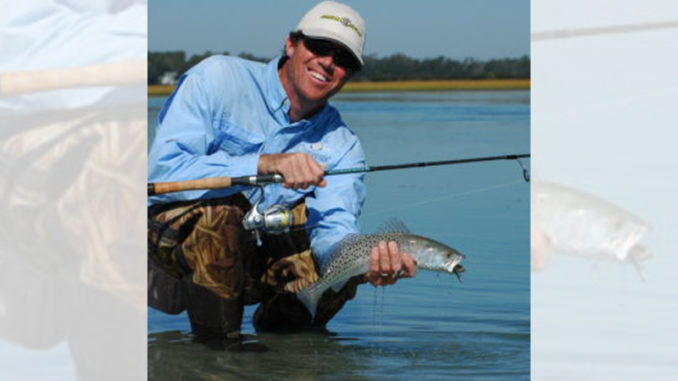
Tidal swings force summer specks to adapt constantly
Speckled trout live to eat and eat to live. A trout’s ambush positions change often, moreso during the summer than any other time of year.
In addition to drastic tidal swings, water temperature can play a major factor in summer movements and feeding patterns. Hot water, in concert with the tides, affect how fish position themselves. As long as anglers understand the concept, they can find fish feeding on either side of the tide to produce good results.
Stuart Caulder of North Carolina’s Gold Leader Guide Service carefully watches the tides to determine where he fishes and how he presents his lures to summer specks.
“On a high tide, I will go right to the banks early in the day because the trout will patrol the shorelines during low light,” Caulder said. “If the tide is low, trout pull back to the outer drop next to the deeper water.
Grass on high tides, drop-offs during low tide
“I fish the grass lines on high water and fish the drop-offs on low water.”
Trout can be aggressive during the early hours of the day, when he ties on a topwater lure or a suspending lure like a Rapala X-Rap, which dives to 3 feet of water and suspend in the strike zone.
Jeff Lattig of South Carolina’s Living Water Guide Service plans his trout trips around the tides. As the sun and summer heat set in, he will avoid shallow places when the tide doesn’t offer a good ambushing point.
“I like to throw a topwater on top of the shells on higher water, but when the tide is low, I find fish in the bottom of the channel,” he said. “They drop to the bottom and hang tight to the bottom. They don’t come up to the surface much, even at daylight, on a real low tide.”
Lattig slow-rolls jigs along the bottom in the current and picks up consistent bites.




